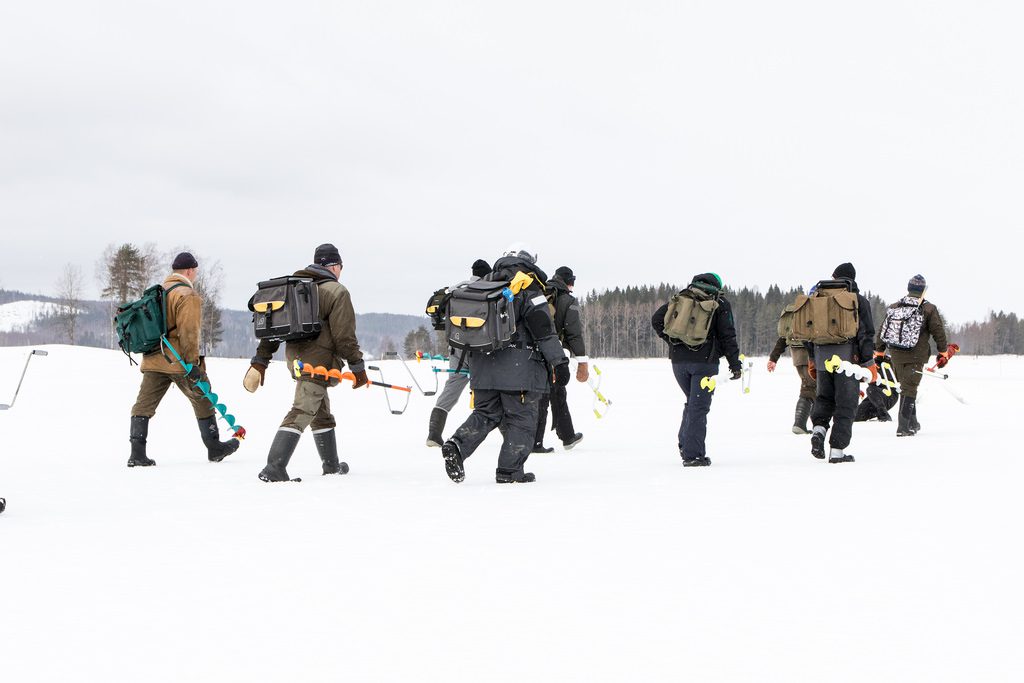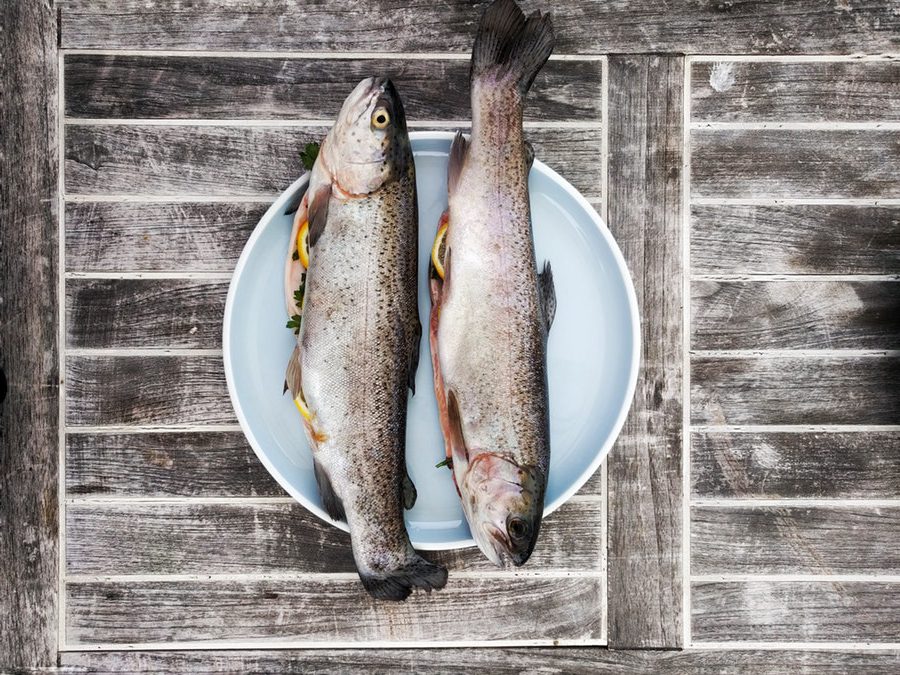There’s no denying that ice fishing has a special allure. Either your family has done it for generation upon generation, in which case it’s second nature to post up in a small temporary structure atop sixteen inches of solid ice. Or you’re a newcomer, standing on shore looking at all those huts and wondering what magic might be under the ice.
Maybe you witness ice fishing through your neighbors, friends and distant relatives as they pack their coolers and head out to the lake all winter long. Maybe you’re a little further removed, and you remember that ice fishing scene from Grumpy Old Men or read a review of the 2016 Broadway play Good Fish. No matter how you learn about ice fishing, you might eventually find yourself compelled to get out on the lake, drill your first hole, and cast a line with a carefully chosen piece of bait.
The good news is that ice fishing doesn’t have to be an intimidating prospect for beginners. Anyone can give it a try. You might just find yourself reeled into one of the north’s favorite sports.
Pack Your Bags

To get started, your equipment list isn’t too different from fishing any other time of year. All you need is a life jacket, a tool to make the hole, fishing line, fishing rod, bait, a hook, a fishing license, a bucket, a first-aid kit, and a cooler packed with snacks and beverages. The ice auger or pick is the only item you might leave out of your summer fishing kit.
That and the proper clothes, of course. Staying warm in one of the best ways to keep yourself safe and comfortable, and you’ll want to be sure you have a solid base layer. You definitely don’t want to wear cotton out on the lake. A base layer like ColdPruf will keep you warm and dry even if you start to sweat.
Know Your Ice
The number one thing to study up on is ice thickness. Your best resource will be the nearest bait shop— they’ll be able to tell you the safest and thickest spots. It’s also a good bet to try your luck on a lake with numerous ice huts set up, or trucks parked out on the lake, but be careful not to get too close. Not only is giving space good etiquette, but it will also keep the total weight on the ice spread out.
It’s certainly better to be safe than sorry, so practice drilling down into the ice with your auger or pick and measure the distance between the surface and the water below. You want to find a spot where the ice is at least five inches thick, even thicker if you’re bringing out a vehicle, or if you plan to light an open fire. Really, the thicker the ice is the better.
Be careful—ice isn’t uniformly thick, so it could be much thinner nearby even if you’re on a strong section. It’s also highly advisable to watch videos and read instructions on how to get out if you fall through the ice. The best way to get back onto dry land isn’t necessarily intuitive, and you want to be prepared for the unexpected.
Cast Your Line

Once you’ve got the safety part down, you can get to the fun part. Use your auger or pick to drill a hole. Bait your line and drop it into the water. How deep you go and what type of bait you use will depend on the kind of fish that are in the area. But you can’t go wrong with minnows if you’re new to the sport. Don’t move your line around too much or get too aggressive. Fishing in any season is about the art of patience, but especially in the winter when fish aren’t quite as lively.
After you’ve dropped your line, it’s time to sit back on your bucket, appreciate your warm base layers, and enjoy the scenery. Snap open a can of beer or pop from your cooler, munch on some jerky, and contemplate how awesome it is that you’re sitting on a lake turned solid waiting to catch dinner.
Photo Credit: VisitLakeland Flickr via Compfight cc





